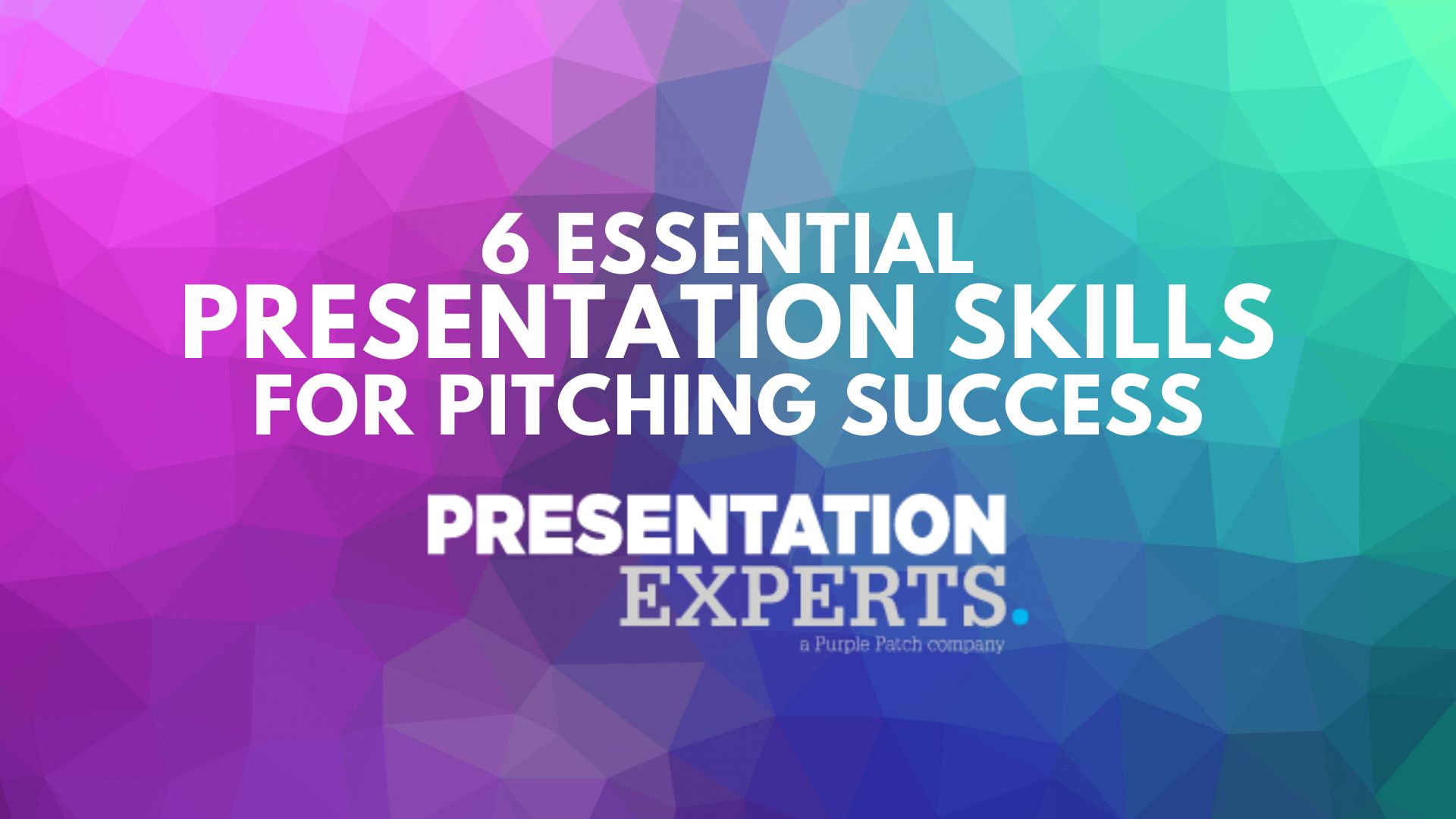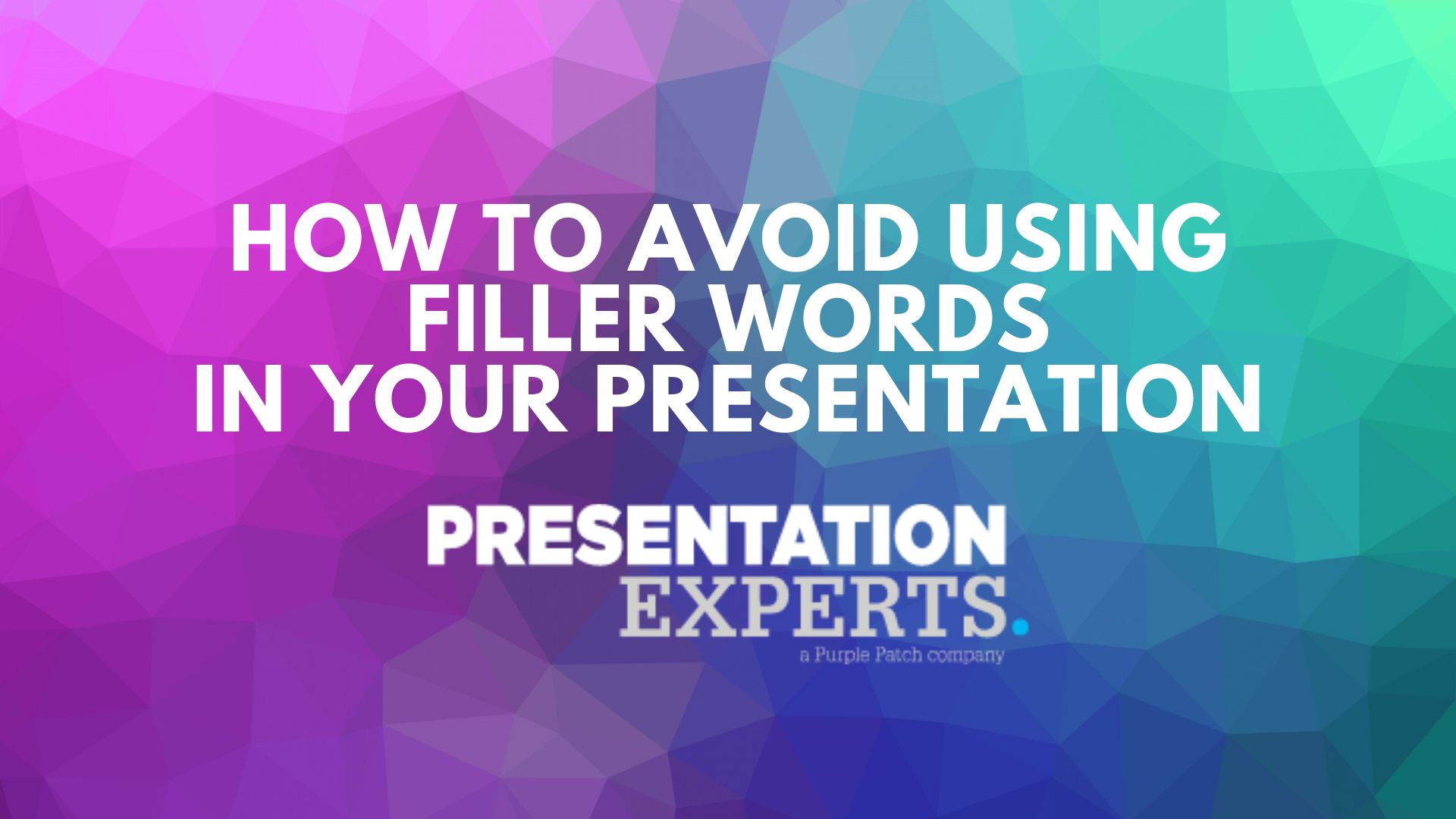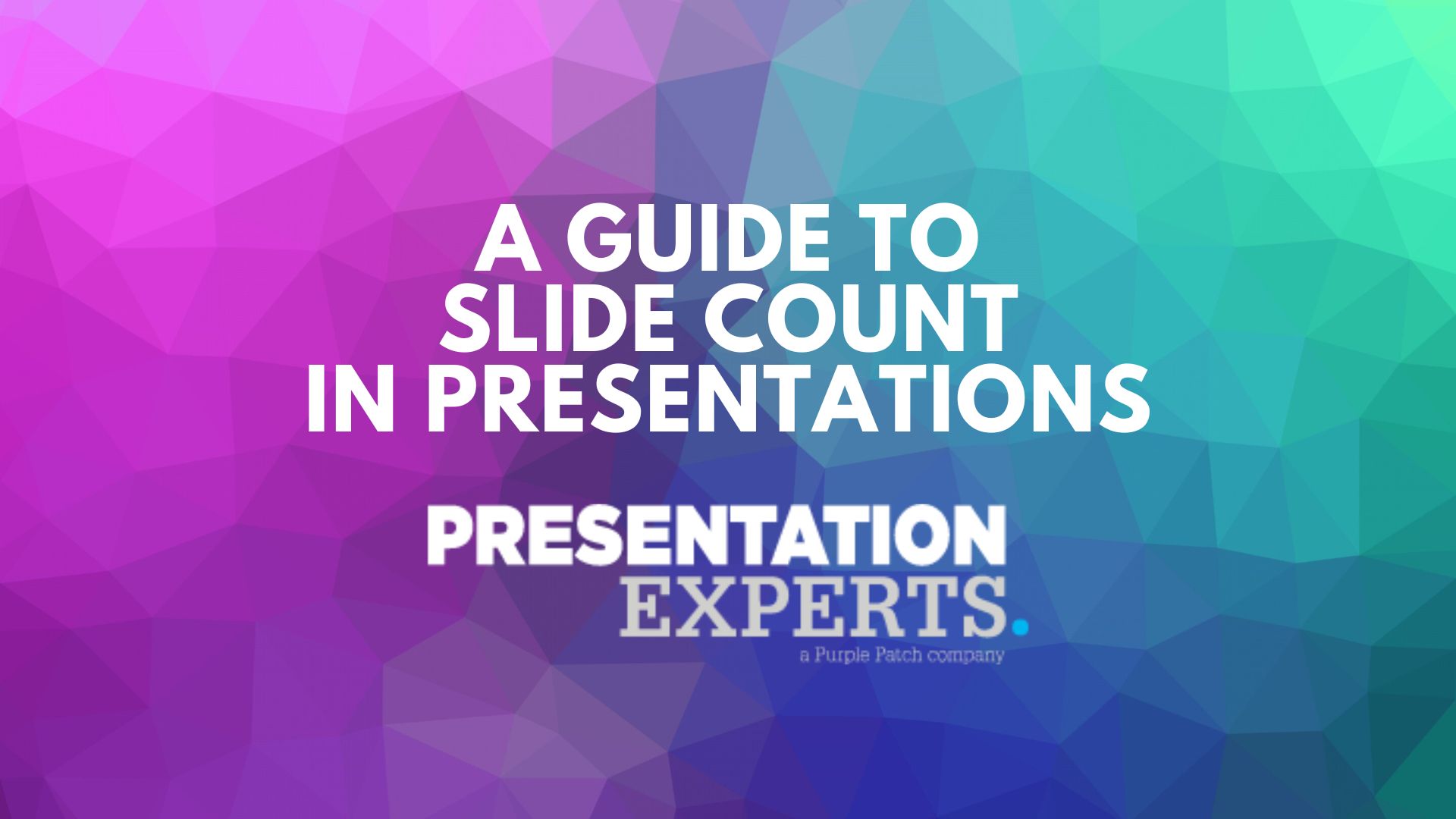

In today’s competitive business landscape, the art of the pitch has become an indispensable skill for entrepreneurs, sales professionals, and corporate leaders alike. Whether seeking funding for a startup, winning over clients, or rallying support for a new initiative, the ability to deliver a compelling presentation can make all the difference between success and failure. However, crafting an effective pitch requires more than just a good idea and an appealing pitch deck design; it demands a mastery of presentation skills that impress, persuade, and inspire action.
If you wish to improve your presentation skills and get better at delivering a pitch, you have come to the right page! In this article, we will explore the must-have presentation skills for pitching success, delving into techniques that can empower you to communicate your ideas with clarity, confidence, and impact. But, before we dive in, let’s understand why you need to master presentation skills, in the first place.
Why Do You Need to Master Presentation Skills for Pitching?
Clear Communication
When pitching a business idea, product, or service, clarity is paramount. Effective presentation skills enable you to communicate your ideas clearly and concisely. A well-structured presentation ensures that your audience understands the problem you’re addressing, your proposed solution, and the benefits of your offering. Clear communication eliminates confusion and helps your audience grasp the value proposition quickly.
Persuasion and Influence
Presentation skills are essential for persuading and influencing your audience. A persuasive pitch convinces investors to fund your venture, persuades clients to choose your product or service, or motivates stakeholders to support your initiatives. Through compelling storytelling, compelling data, and persuasive arguments, you can sway opinions, overcome objections, and inspire action. Effective presentations tap into the emotions and motivations of your audience, encouraging them to buy into your vision and take the desired next steps.
Building Credibility and Trust
Strong presentation skills build credibility and trust with your audience. Confidence in your delivery, expertise in your subject matter, and professionalism in your presentation materials all contribute to a positive perception of you and your ideas. Credibility is crucial in gaining the confidence of investors, clients, and stakeholders who need assurance that you can deliver on your promises. By demonstrating competence and reliability in your presentations, you establish yourself as a trustworthy and credible partner or leader.
Setting Yourself Apart
In competitive environments, effective presentations help you stand out from the crowd. Whether you’re competing for funding, clients, or opportunities, a memorable pitch can differentiate you from competitors and leave a lasting impression. Your presentation is an opportunity to showcase your unique value proposition, highlight your strengths, and differentiate yourself from others in your field. By delivering a compelling and memorable presentation, you increase your chances of being chosen over competitors and winning the desired outcome.
Maximising Success in Pitching Scenarios
Ultimately, developing presentation skills maximises your success in pitching scenarios. Whether you’re presenting to investors, clients, or internal stakeholders, the ability to deliver a powerful and persuasive presentation increases your likelihood of achieving your goals. Success in pitching requires more than just a good idea; it requires the ability to communicate that idea effectively and compellingly. By mastering presentation skills, you empower yourself to navigate pitching scenarios with confidence and achieve the desired outcomes.
6 Essential Presentation Skills for Pitching Success
1. Understanding Your Audience
Before stepping into the spotlight, it’s crucial to understand who will be sitting across from you. Researching your audience allows you to tailor your message to resonate with their needs, concerns, and interests. Take the time to learn about their backgrounds, preferences, and pain points. Are they investors looking for a high return on investment, or are they potential customers seeking a solution to a specific problem? By empathising with your audience, you can craft a pitch that speaks directly to their motivations, increasing your chances of success.
Crafting a compelling narrative is at the heart of any successful presentation. Humans are wired to respond to stories, making them a powerful tool for capturing attention and fostering connection. Your pitch should follow a clear and engaging narrative arc, taking your audience on a journey from problem to solution. Start by establishing the context and setting the stage for your presentation. What is the problem or opportunity you’re addressing, and why is it important? As you progress, introduce characters, conflicts, and plot twists that keep your audience engaged and eager to learn more. Finally, offer a resolution that demonstrates the value of your solution and leaves a lasting impression.
2. Mastering Body Language and Nonverbal Communication
In the world of presentations, actions often speak louder than words. Your body language can convey confidence, credibility, and authority, or it can undermine your message and leave your audience feeling sceptical. Mastering nonverbal communication is essential for making a strong impression and establishing rapport with your audience. Start by maintaining strong posture, standing tall with your shoulders back and your chest open. This not only projects confidence but also allows you to breathe deeply and speak with clarity. Additionally, make eye contact with your audience to establish a connection and convey sincerity. Avoiding distracting gestures or tics that can detract from your message and undermine your credibility. Instead, use purposeful gestures to emphasise key points and engage your audience’s attention. By mastering body language and nonverbal communication, you can enhance your presence and make a lasting impact on your audience.
3. Delivering a Clear and Concise Message
The hallmark of an effective presentation is clarity. Your audience should understand your message without having to decipher complex jargon or navigate convoluted explanations. To achieve this, articulate your ideas with precision and simplicity. Start by distilling your message down to its essence, focusing on the most important points you want to convey. Avoid the temptation to overload your audience with information, instead opting for a concise and memorable delivery.
Strategies for simplifying complex concepts include using analogies, metaphors, and real-life examples to illustrate your points. By making your message relatable and easy to understand, you can keep your audience engaged and attentive throughout your presentation. Additionally, be mindful of your pacing and tone of voice, adjusting them to match the content and energy level of your presentation. A steady pace and confident delivery can help reinforce your message and command attention.
4. Handling Q&A Sessions with Confidence
The question-and-answer session that follows your presentation is often where the real test begins. It’s an opportunity for your audience to dig deeper into your ideas, challenge your assumptions, and assess your knowledge and expertise. To handle Q&A sessions with confidence, preparation is key. Anticipate potential questions and objections in advance, and formulate thoughtful responses that address the underlying concerns.
During the Q&A session, remain calm and composed, even in the face of challenging questions or pushback. Listen carefully to each question, taking a moment to clarify any ambiguities before responding. If you’re unsure of an answer, don’t be afraid to admit it, and offer to follow up with more information later. Remember, the Q&A session is not just an opportunity to defend your ideas but also a chance to deepen your understanding and build rapport with your audience.
5. Utilising Visual Aids Effectively
Visual aids, such as slides or multimedia presentations, can enhance your message and reinforce key points. However, if used improperly, they can also detract from your presentation and overwhelm your audience. When utilising visual aids, focus on quality over quantity. Choose visuals that are clear, concise, and relevant to your message, avoiding unnecessary clutter or distractions.
Design principles for creating impactful slides include using a consistent colour scheme, readable fonts, and engaging visuals. Each slide should serve a specific purpose, whether it’s to introduce a new concept, highlight a key statistic, or provide supporting evidence for your argument. Keep text to a minimum, using bullet points or short phrases to convey information quickly and efficiently. And remember, your slides are meant to complement your presentation, not replace it. Use them sparingly and strategically, allowing your words and ideas to take centre stage.
6. Managing Nervousness and Performance Anxiety
No matter how experienced you are, it’s natural to feel nervous before a presentation. However, learning to manage these feelings can significantly improve your performance and help you connect with your audience more effectively. Understanding the root causes of nervousness is the first step towards overcoming it. Common triggers include fear of failure, concerns about judgement or criticism, and pressure to perform perfectly.
To cope with nervousness and performance anxiety, try these strategies:
- Preparation: The more prepared you are, the more confident you’ll feel. Practise your presentation multiple times until you feel comfortable with the material. Rehearse in front of a mirror, record yourself, or practise with a trusted friend or colleague to get feedback.
- Visualisation: Imagine yourself delivering a successful presentation with confidence and poise. Visualise the room, the audience’s reactions, and your own body language. This mental rehearsal can help reduce anxiety and build confidence.
- Breathing exercises: Deep breathing can help calm your nerves and centre your focus. Before your presentation, take a few moments to breathe deeply, inhaling through your nose and exhaling through your mouth. Repeat this process several times to relax your body and mind.
- Positive self-talk: Replace negative thoughts with positive affirmations and reminders of past successes. Instead of dwelling on what could go wrong, focus on your strengths and capabilities. Repeat phrases like “I am prepared,” “I am confident,” and “I can do this” to boost your self-confidence.
- Focus on the audience: Shift your attention away from yourself and towards your audience. Remember that they are there to learn from you and are rooting for your success. Focus on delivering value and connecting with your audience rather than worrying about your own performance.
By implementing these strategies, you can learn to manage nervousness and performance anxiety, allowing you to deliver your presentation with confidence and poise.
Final Thoughts
Mastering the art of presentation requires practice, patience, and continuous learning. By honing essential skills such as understanding your audience, crafting a compelling narrative, and mastering body language, you can elevate your pitches from ordinary to extraordinary.
As leading experts in presentation design and skills training, we understand the pivotal role that effective communication plays in achieving success. Whether you’re an entrepreneur seeking funding for your startup, a sales professional aiming to win over clients, or a corporate executive tasked with delivering a persuasive pitch, our comprehensive services can help you elevate your presentations to new heights. To learn more about how our team of presentation experts can empower you to unlock your full potential and make a lasting impact on your audience, contact us today!







